In 1808, Schreibers discovered the first invertebrate cave fauna in Austria and more extensive collecting was done in the Postojna area by Count Franz von Hohenwart and others from 1831 onwards. It was there too that the Danish zoologist J.C. Schiodte recognized that cave faunas showed differing degrees of specialization to life in darkness, and so laid the foundations for a system of ecological classification of cave life. This was advanced in a more rigorous form in 1854 by J.R. Schiner and has been widely used by cave biologists ever since. This work perhaps marked the beginnings of the systematic discipline of ‘biospȼologie’ , a term proposed by Armand Viré in 1904, to refer to the study of subterranean life.
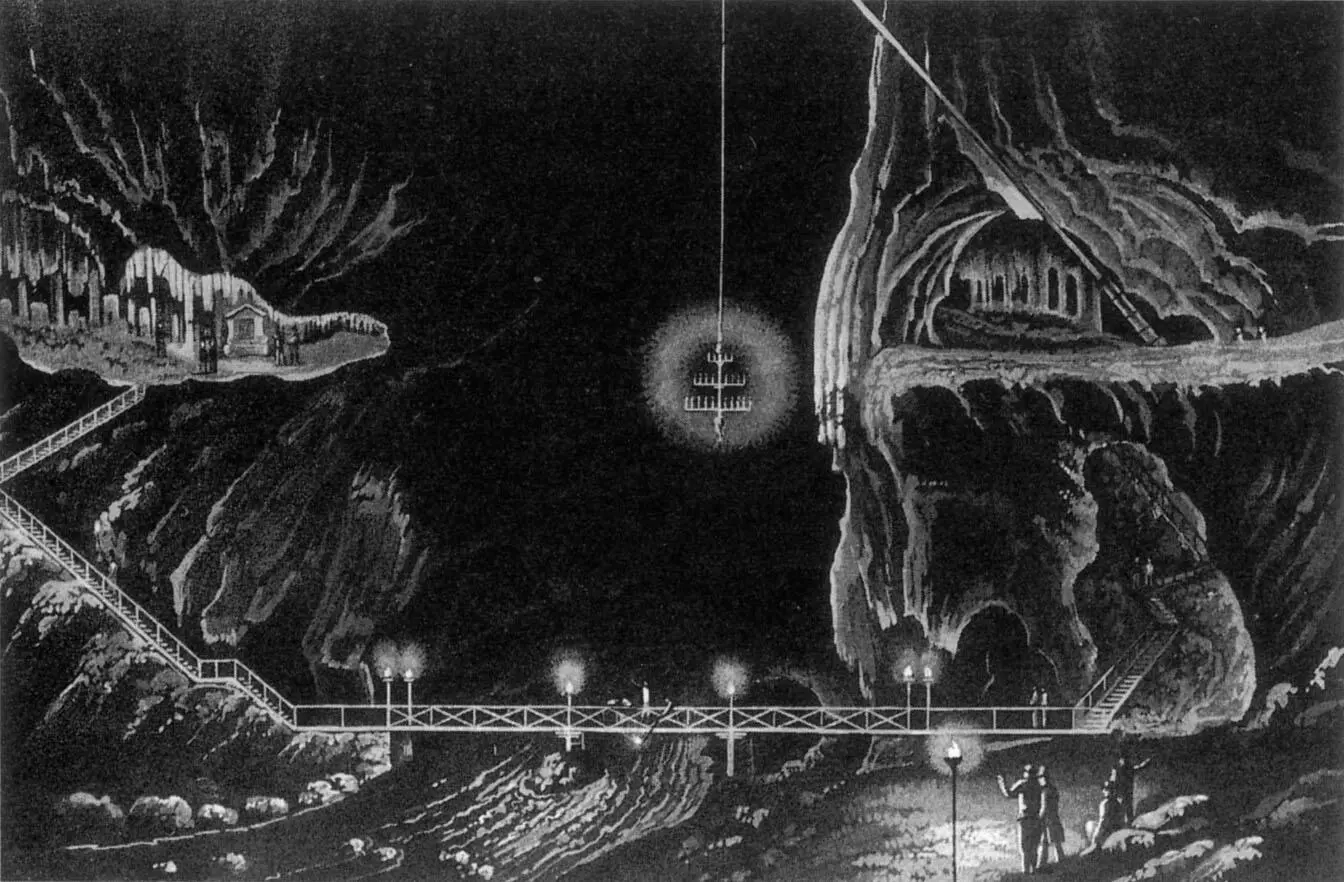
Fig. 1.8 The old route across the underground river Pivka in the Great Hall of Postojna Jama in Slovenia from an aquatint engraved by G. Dobler after a painting by Alois Schaffenrath, published in 1830. (Courtesy of Trevor Shaw)
In the USA important work continued intermittently from 1840. In that year Davidson collected the first specimens of a blind white fish in Mammoth Cave, described by de Kay, Wyman and Tellkampf as Amblyopsis spelaea. Tellkampf went on to describe other fauna from Mammoth Cave and was followed by E.D. Cope and A.S. Packard, whose remarkable studies through the 1870s put America for a time at the forefront of biospeleological research. Meanwhile, in the 1840s, V. Motschoulsky reported the first cave-specialized insects captured in the caves of Caucasia, and in 1857 De la Rouzee discovered the first cavernicolous insects known from France.
Scientific investigation of our cave faunas began in a round-about way in about 1852, when Professor Westwood and S. Bate included the following reference in their History of the British Sessile-eyed Crustacea , Vol.1 , published in 1863.
“In the year 1852”, writes Bate, “Professor Westwood was so fortunate as to obtain from a pump-well near Maidenhead, a quantity of [ Niphargus sp.] … since when they have been found in Hampshire, Wiltshire … and very recently in Dublin.”
Shortly afterwards, news of the discovery in Europe and America of strange blind cave animals prompted Naturalists E. Percival Wright and A.H. Haliday to search for similar creatures in Mitchelstown New Cave in Co. Tipperary. Their search was successful and they described their find – a tiny Collembolan doubtfully identified as Lipura stillicidii Schiodte – in a paper read before a British Association Meeting in Dublin in 1857.
More than thirty years were to elapse before the next glimmer of enthusiasm for Irish cave life manifested itself in the form of a joint excursion in 1894 by the Dublin, Cork and Limerick Field Clubs to the Cave of Mitchelstown. One of the participants, George H. Carpenter, recorded that “after an informal luncheon on the roadside, the party being provided with candles, descended the sloping passage and ladder which led to the depths below.” They spent two hours searching for cave animals and, although they failed to reach the underground river, made a reasonable collection of fauna, including the rare blind cave spider now known as Porrhomma rosenhaueri. In the same year, pioneering English arachnologist F.O.P. Cambridge collected spiders in Wookey Hole, but without finding anything of particular interest.
Early in 1895 E.A. Martel and his wife paid a well-publicised visit to Ireland. The event prompted the Fauna and Flora Committee of the Royal Irish Academy to support H.L. Jameson with a grant “to further investigate cave fauna in Ireland”. He joined the Martels in the Enniskillen area of Co. Fermanagh and, while the Frenchman surveyed the caves and drew up his plans, Jameson collected cave animals. The interest seems to have persisted, for Jameson is also known to have made faunal collections in Speedwell Mine in Derbyshire in 1901, but there then followed a gap of over thirty years during which British cave fauna was again neglected.
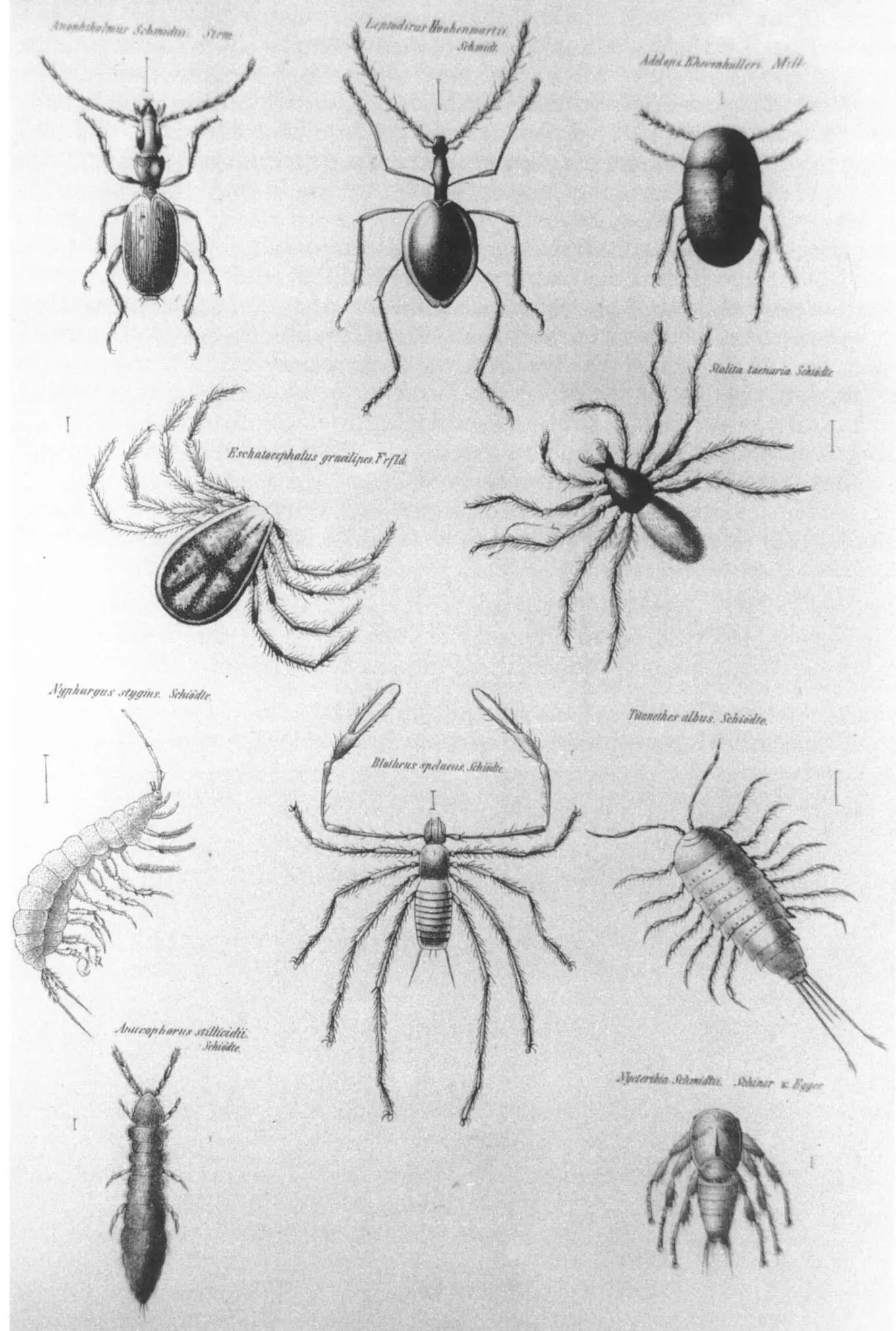
Fig. 1.9 One of the earliest illustrations of cave fauna from Adolf Schmidl’s Die Grotten und Höhlen von Adelsberg, Lueg, Planina und Laas. Wien, Braumüller, 1854. (Courtesy Trevor Shaw)
In 1936 the British Speleological Association was launched, with a brief to co-ordinate the work of caving clubs and to foster interest in the scientific aspects of caving. Things did not run entirely smoothly, however, and in 1947 another body, the Cave Research Group of Great Britain, emerged with a more specific research interest. Both societies ran in parallel until 1973 when they merged to form the British Cave Research Association which has become a major publisher of speleological research.
Meanwhile another organization concerned with cave science had been formed in 1962. This was the Association of the Pengelly Cave Research Centre, now the William Pengelly Cave Studies Trust. It is London-based, but its interests are very much centred in Devon where it runs the Pengelly Cave Research Centre at Buckfastleigh. The trust is active in education and conservation and produces publications covering a broad range of speleological topics.
The multidisciplinary nature of speleology allows significant contributions to be made as much by talented amateur observers as by trained professional scientists, and we owe much of our present knowledge of the faunas of British caves to the work of a handful of exceptionally dedicated amateur naturalists. The central figures of the group were Brigadier E.A. (Aubrey) Glennie and his niece Mary Hazelton, who in 1938 began making systematic collections in the caves of Yorkshire, Derbyshire and Mendip. Glennie, an excellent all-round naturalist, picked up his interest in cave life while serving in India, where among other things, he published a study on the nesting behaviour of Himalayan Swiftlets in caves. On his retirement in 1946, he became a driving force in the biological work of the newly formed Cave Research Group, and was soon recognized as an authority on British hypogean amphipods. Hazelton assumed the mantle of Biological Recorder to the CRG, and for the next 29 years diligently co-ordinated the identification of collections submitted by fellow cavers and compiled the results for publication, first in the Transactions of the Cave Research Group and later of the British Cave Research Association. Among the most notable contributors to the faunal collections of this period were Jean Dixon of the Northern Cavern & Mine Research Society and W.G.R. Maxwell of Chelsea Speleological Society.
The 1950s saw the appearance on the scene of two particularly influential figures, both professional biologists. One was Dr Anne Mason-Williams, a microbiologist whose pioneering studies on the microflora of South Wales caves remains the definitive work in this field. The other was Dr G.T. ‘Jeff’ Jefferson, a lecturer in zoology at University College, Cardiff, who quickly established himself as the leading authority on British cave faunas and went on to become president of the British Cave Research Association, and a greatly respected ambassador for speleology in Britain. Jefferson’s major contribution to cave science in Britain before his untimely death in 1986, was in shaping the wealth of observation gathered by his amateur predecessors into a coherent picture of the biogeographical history and ecological relationships of our cave fauna. It is his work above all that has provided the inspiration for this book.
Читать дальше
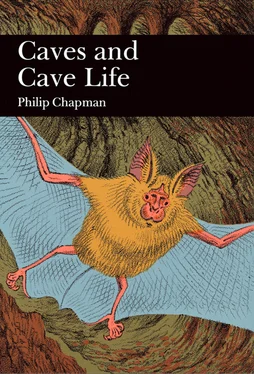




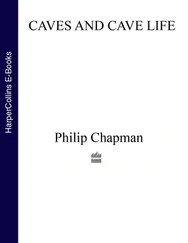




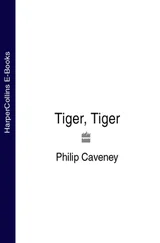
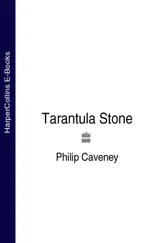


![John Bruce - The Lettsomian Lectures on Diseases and Disorders of the Heart and Arteries in Middle and Advanced Life [1900-1901]](/books/749387/john-bruce-the-lettsomian-lectures-on-diseases-and-disorders-of-the-heart-and-arteries-in-middle-and-advanced-life-1900-1901-thumb.webp)